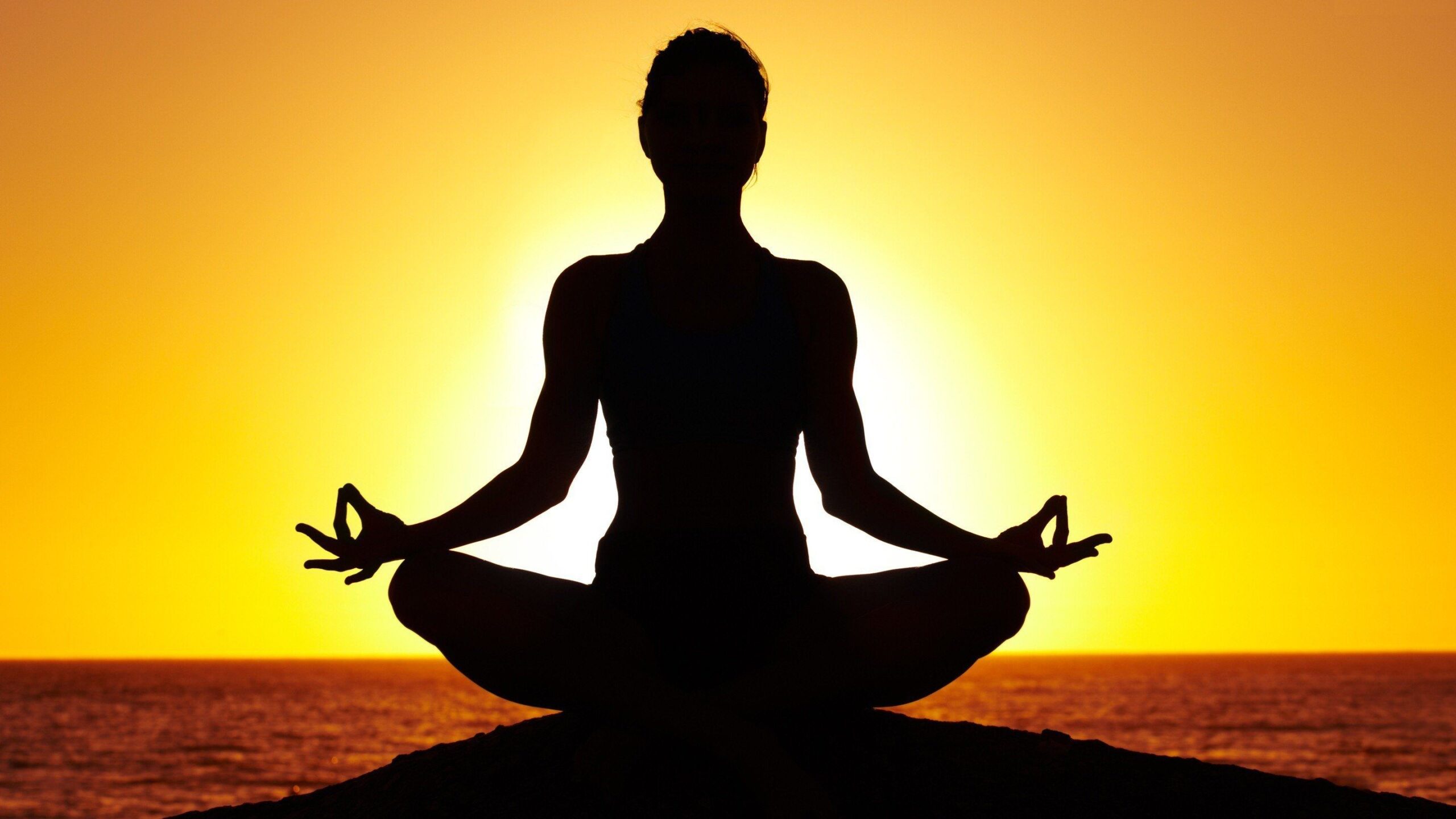Just How to Meditate: A Step-by-Step Strategy to Getting Mindfulness and Tranquility
Meditation offers as a powerful device for attaining mindfulness and emotional tranquility in a busy world. By understanding the fundamental principles and strategies involved in meditation, individuals can grow a method that enhances their overall well-being. This conversation will detail important steps, from producing a favorable atmosphere to integrating reflection right into day-to-day regimens. As we discover these elements, it becomes clear that the trip to mindfulness is not merely regarding the act of being in silence, but instead about cultivating a much deeper connection with oneself and the globe around us. What might this transformation entail?
Understanding Meditation
Recognizing reflection includes understanding its essential concepts and methods, which act as the structure for the method. At its core, reflection is a mental workout intended at advertising leisure, building interior power, and establishing concern and insight. The practice motivates individuals to focus their attention, usually through techniques such as deep breathing, visualization, or rule rep.
Meditation can be categorized into different styles, including mindfulness, transcendental, and loving-kindness meditation, each with distinct purposes and approaches. Mindfulness reflection stresses present-moment awareness and non-judgmental observation of ideas and feelings, while copyright includes using particular rules to transcend regular mind. Loving-kindness reflection concentrates on creating an attitude of love and concern towards oneself and others.
No matter the method utilized, the key objective continues to be constant: to grow a deeper understanding of the mind and its patterns. This self-awareness cultivates psychological strength, quality of idea, and an extensive feeling of calm (How to meditate?). By understanding these strategies and principles, individuals lay the foundation for an effective reflection practice that can significantly enhance their overall health
Planning For Your Method
Prior to starting your reflection practice, it is necessary to produce an atmosphere conducive to focus and relaxation. Select a quiet room where you are not likely to be disrupted. This could be a corner of a room, a garden, or any place that stimulates a feeling of peace. Make certain that the location is tidy and cost-free of clutter, as a clean setting can aid clear the mind.
Take into consideration the illumination, as natural light can enhance your state of mind and power. Soft, warm illumination is often more soothing than rough fluorescent lights. In addition, choose a comfortable temperature level, guaranteeing that you are neither too warm neither also chilly.
Including elements that advertise harmony can further boost your experience. This might include soft paddings or blankets for convenience, as well as soothing fragrances from crucial oils or scent. It can additionally be helpful to have actually a timer established for your reflection session to stop distractions from clock-watching.
Fundamental Meditation Methods

Another efficient technique is body scan reflection. This involves mentally scanning your body from head to toe, discovering any kind of areas of tension or pain and purposely unwinding those muscular tissues. This method promotes a deeper link between your body and mind.

Last but not least, loving-kindness reflection concentrates on cultivating compassion in the direction of yourself and others. Silently repeat expressions of goodwill, enhancing emotional well-being and interconnectedness. Each of these techniques acts as a structure for your reflection trip, enabling you to find the method that resonates ideal with your individual practice.
Keeping Focus and Mindfulness

Establishing a committed meditation area can boost the capability to maintain mindfulness. A quiet, minimalist setting lessens distractions, enabling deeper immersion in the technique. In addition, establishing a time restriction can aid handle assumptions; starting with shorter sessions may relieve the shift a fantastic read right into longer techniques.
Using strategies such as body scanning or observing sensations can also bolster mindfulness. These approaches urge practitioners to stay existing and involved with their physicality, anchoring their focus in the minute. Normal practice is necessary; the brain builds resilience gradually, creating a stronger capability for focus.
Incorporating Meditation Into Life
Including meditation into life can transform routine activities right into chances for mindfulness and self-reflection. By integrating mindfulness methods into usual jobs, people can grow a better feeling of visibility and peace in the middle of the busyness of day-to-day life.
Begin by determining moments throughout your day where you can stop briefly and exercise mindfulness. Even mundane tasks like walking or washing dishes can come to be opportunities for reflection by routing your interest to the experiences of movement and the noises surrounding you.
In addition, reserving specialized times for meditation can enhance its practice. Beginning with short sessions, progressively increasing duration as you end up being much more comfy. Usage reminders or cues-- like a details time of day or More about the author a relaxing sound-- to develop consistency.
Eventually, the goal is to weave mindfulness into the textile of life, permitting you to come close to each minute with intention, thus boosting your overall sense of health and quality.
Final Thought
Finally, efficient reflection needs a peaceful atmosphere, a comfortable position, and a focus on the breath. By permitting thoughts to occur without judgment and regularly redirecting focus to the breath, experts can achieve improved mindfulness and serenity. Integrating different methods, such as body scanning and loving-kindness phrases, can additionally enrich the method. Routine reflection, even in brief sessions, promotes a much deeper connection to today minute, ultimately causing higher calmness and psychological clearness in everyday life.
Meditation can be classified into various styles, consisting of mindfulness, transcendental, and loving-kindness meditation, each with unique functions and techniques. Mindfulness reflection highlights present-moment awareness and non-judgmental monitoring of feelings and thoughts, while copyright includes the use of certain concepts to go beyond normal thought procedures.With your reflection room prepared, it's time to check out different standard meditation strategies that can help grow mindfulness and inner peace.Constantly maintaining focus and mindfulness throughout meditation can be difficult, particularly for those new to the practice.Developing a devoted reflection area can enhance the ability to maintain mindfulness.